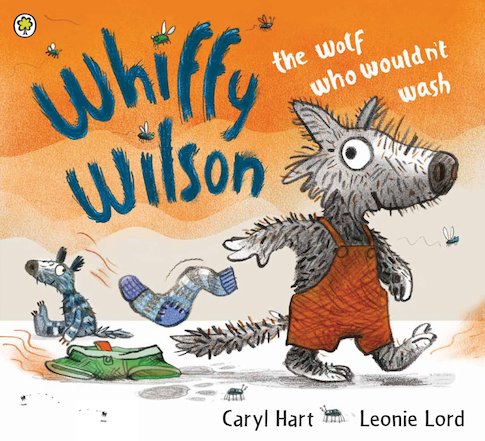Year 2 Losada
Welcome to Year 2
Hello and welcome to Year 2L's class page. This year your child will be working with Mrs Losada, Miss McGrath and Mrs Rafferty. We will keep this page updated with all the fun and exciting things that we do as well as any key information that can help your child.
If you scroll to the bottom of the page you will see the curriculum map of our topic this half term
Year 2 is a very important year and we have already settled in well and proved that we are ready to challenge ourselves. We have had an exciting start to the term and the children have been working hard and trying their best in all areas of the c
Have a look at all the exciting work we have been doing so far....
R.E- The Good News
During our unit on the good news, year 2L learnt the story of Jesus feeding the 5000. We made movie trailers to show the main events of the story. We hope you enjoy watching them.


We have started the year studying two fantastic stories that the children really enjoyed. The first was Whiffy Wilson which is an hilarious story about a smelly wolf who wouldn't have a bath. The children produced some fantastic writing around this book. First we described him, then we wrote him persuasive letters to try and get him to wash! We even sent him a set of instructions telling him how to do it! The children loved creating their own stories about smelly animals who wouldn't wash.
Here are some examples of the great work from this story:





We have also been reading the story 'Black Dog'. It is a fantastic story about a dog that just grows and grows, and introduce the children to superlatives as the dog just grows bigger until it is the biggest creature ever seen. The children I love this text because of the wonderful repetition as each member of the household wakes up to find a huge dog outside their house. The illustrations are fantastic too. The children loved to join in and then predict what will happen next.

We imagined we were the Black Dog and created voice overs of what he might say. Have a listen and guess which children it was. We were trying to use different words for said:

Handwriting
Please practise as much as possible the letter families to improve your child's letter formation and presentation. The letter families we teach them can be found below:


The New National Curriculum is significantly more challenging than before. The children have been developing a very sound understanding of their maths to be able to meet these challenges.
Over the last few weeks this is what we have really been focusing on counting and place value so that the children have the foundations of their numerical understanding. The focuses we have been covering can be seen in the table below:
|
Place Value |
|
|
Year 1 |
Year 2 |
|
|






In Key Stage 1, children begin to learn the place value of each digit in a two digit number (tens and units). When children have a good understanding of place value they can use ‘partitioning’ to add two digit numbers. ‘Partitioning’ is splitting numbers up into tens and units and ‘recombining’ is putting numbers back together. The aim of teaching ‘partitioning’, is that eventually children will be able to add two digit numbers mentally. Here are some models and images used in enable children to understand portioning and recombining:
It is important that children have a good understanding of counting on and back in ones and tens so eventually they are able to do this mentally. Here are some models and images used to help children understand counting on and back in ones and tens:






Living Things and Their Habitat
This half term we have been learning about living things in our habitat. We went on a fantastic nature walk to Kersal Dale Woods to carryout a leaf detective hunt and a mini beast hunt. It was a great day and the children really enjoyed being explorers in the woods and finding out about nature! We will return in the spring term to see how the plants have changed.










This is what we will be studying in science this term:
• explore and compare the differences between things that are living, dead, and things that have never been alive
• identify that most living things live in habitats to which they are suited and describe how different habitats provide for the basic needs of different kinds of animals and plants, and how they depend on each other
• identify and name a variety of plants and animals in their habitats, including micro-habitats
• describe how animals obtain their food from plants and other animals, using the idea of a simple food chain, and identify and name different sources of food.









